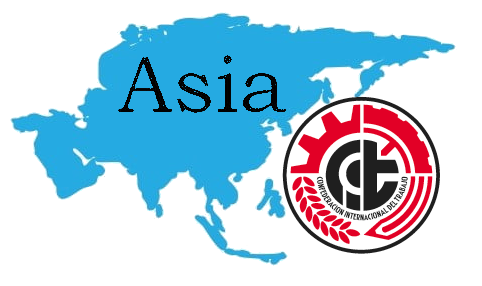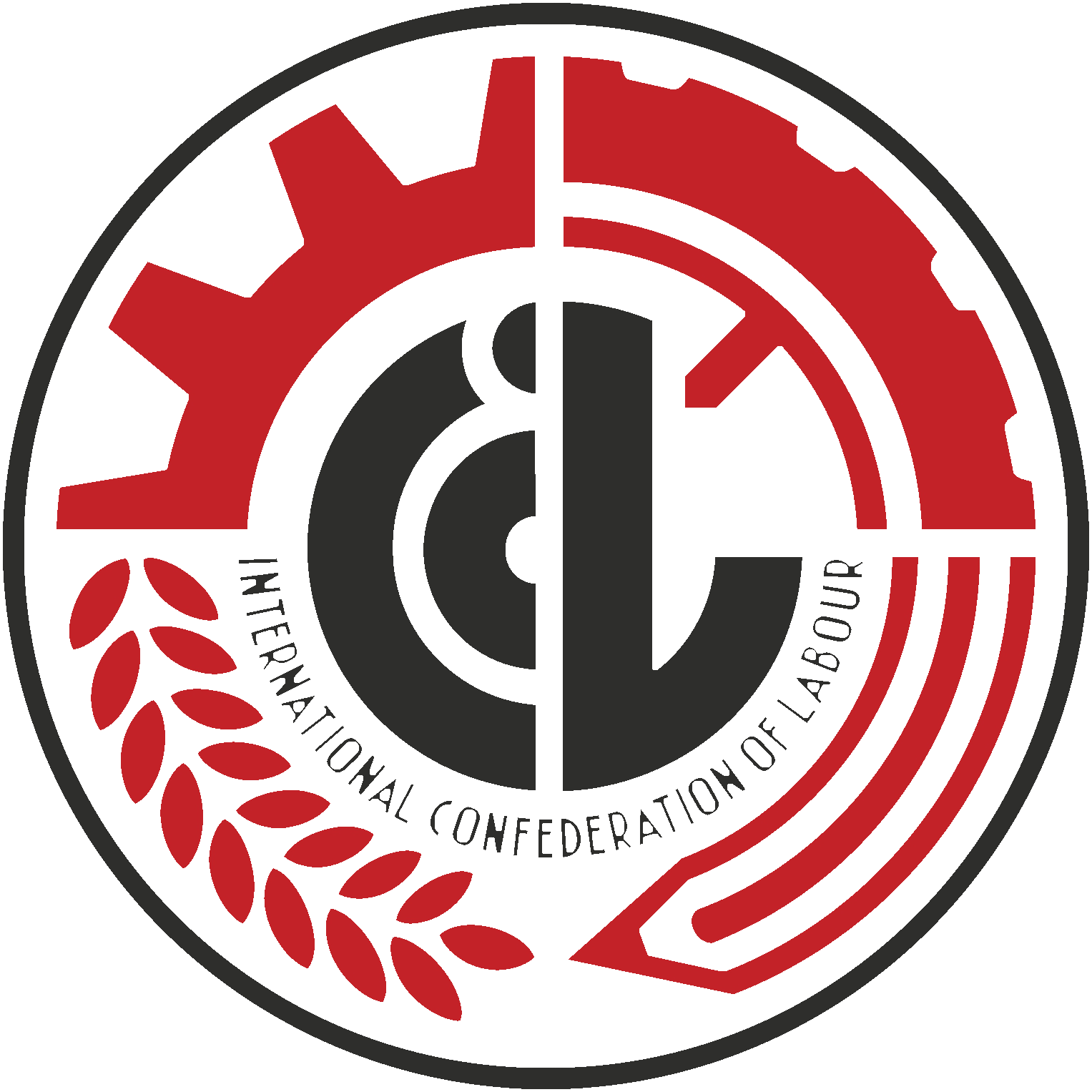The ICL encourages contact between textile unions and horizontal cooperation, thus promoting the model of revolutionary trade unionism.
After the first day of the International Conference of Labour Unions in the Garment Industry, where the trade unions introduced their membership, forms of organization and activities, it was time to join forces and establish a common course of action. To set the context, a map was drawn of all the parties involved in the textile industry: from the fabric suppliers to the factories and the traders. Through the discussions, it became clear how capitalism gives rise to many intermediaries at a global level, so it is often difficult to decide who to address union demands to. This is the case in the textile industry, where many brands use subcontractors which, in turn, subcontract to other companies and use other factories.
The rights of textile workers are often violated through subcontracting. They are often passed on as just another resource from company to company. The Federation of Garment Workers Union (FGWU) in Myanmar was the first to talk about how to organize workers in this situation. When there is a problem, they act in solidarity throughout the different companies or workplaces, blocking activity until those responsible listen and are willing to negotiate about labor rights. Beside the government repression, the FGWU described another problem workers in Myanmar face: A common manoeuvre employed by factories is that they get rid of the union problem by closing the company and opening another one in record time. This manoeuvre is protected by laws that continuously attack working class unions in the country.
The conference also examined the organizational forms and their membership. In general terms, the involvement of women workers stands out (80 and 90% of the members in many of the unions present) and the inability to pay union dues in many cases. This is the situation for many of the 1,500 members of the Dabindu Collective in Sri Lanka, which was previously an association and last year became a trade union. The Ceylon Mercantile Union (CMU) member explained that its financial support depends exclusively on its members and that even its headquarters in Colombo (where the international conference was held) was built on land donated by union members. Besides noting that most of those affected by poor working conditions in Bangladesh are women, the Garment Workers’ Trade Union Centre (GWTUC) representative explained the great importance of the textile industry within the country, which has more than 4 million people dedicated to it. It is therefore not surprising that there is a system of repression that has led to trade unionists being imprisoned, as was the case in 2018 for a representative of the GWTUC.
Women are undoubtedly one of the pillars of the struggle in Southeast Asia and in this sector. In this sense, the Dabindu Collective member highlighted that the difficulties faced by women workers go far beyond wages or precariousness, and also include sexual harassment and violence. Trade unions must always be on their guard for aggression that occurs both inside and outside the workplace. The Dabindu Collective member described a very common situation in the textile factories: Women are paid by the piece, so when a machine breaks down, they are the first ones to want it fixed as soon as possible. Therefore, they are forced to be nice to the technicians and often have “a relationship with them”. Something that is reproached by their husbands when they get home, putting them between a rock and a hard place: Either they do not earn any money on a day or they are attacked at home.
Protection from illness is also practically non-existent. This is a problem that has led to a surge in work-related accidents and even deaths from illness in the workplace, according to the National Union of Migrant Workers of Sri Lanka. The situation for young workers in not any better. Their pay is often very low and their work very temporary. They can go for days without knowing when they will work next. In Sri Lanka, there is also the difficulty that there are no specialized labour law courts in the north, making it more difficult to file a complaint. Companies count on workers not having the resources to bring the conflict to court in the south.
Contribution from Argentina
Members from the FORA were able to take part in the conference via video link. They encouraged the rest of the textile workers to fight. The reality in Argentina is very similar to that in Southeast Asia in many ways, although there are also some differences. For example, women workers in Sri Lanka and Myanmar are rural-urban migrants, while in Argentina there are many women from other countries such as Bolivia. Human trafficking is also often involved. In their contribution, the FORA members urged women textile workers to join forces, to count on the help of other comrades from related sectors and to be clear about the fact that the working class must fight together.
Along the same lines, the CNT explained that their way of organising is based on the principles of mutual solidarity, federalism and self-management. Decisions are made from the bottom up and it is the assemblies that make the decisions, while the working groups and the secretaries do work based on those decisions. The CNT’s model is the most revolutionary among Spanish unions, since it represents a horizontal hierarchy which embodies the free and equitable society that is being strived for. “When you have a strong membership in a company with a section, you can demand improvements that are above the legal minimum and change the labor reality for many more workers. You can even take control of the company’s decision-making. If the employer doesn’t know how to do this or they are losing money, don’t worry, the workers can do it themselves,” said the ICL representative and CNT member. “Taking control of production structures is the ultimate goal of the libertarian communism that inspires our organisations. That’s why we are a revolutionary union,” he concluded.
At the end of the conference, delegates decided to form a working group in which the different unions could maintain contact and look for opportunities for cooperation, as well as future joint campaigns such as International Women’s Day, Global May Day or other common causes. And thus, to move forward with the model of revolutionary trade unionism advocated by the ICL.
Also available in:
 Español (Spanish)
Español (Spanish)



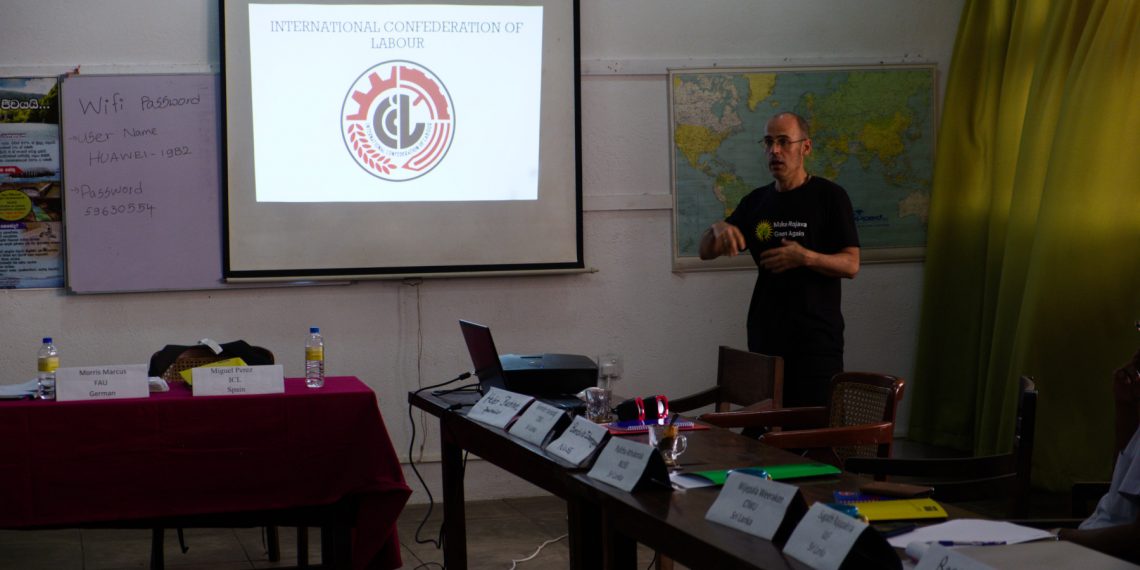









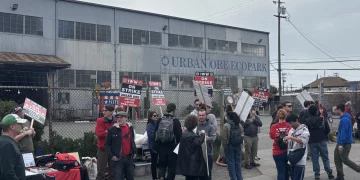
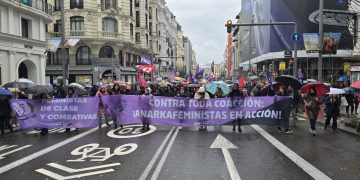
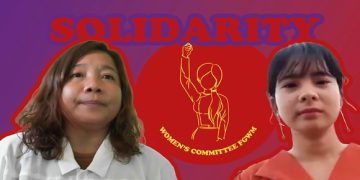
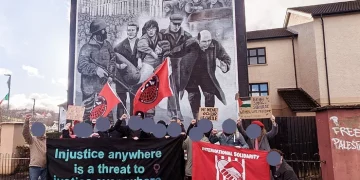
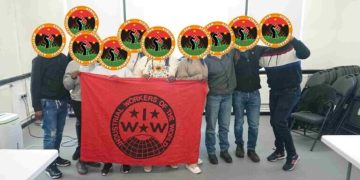
![[Turkey] Long live Women Solidarity, Long live Freedom](https://www.iclcit.org/wp-content/uploads/anarchist_women_of_turkey-75x75.png)
![[Spain] Militant as always stronger than ever](https://www.iclcit.org/wp-content/uploads/8M2020facebook_ESP-75x75.jpg)

